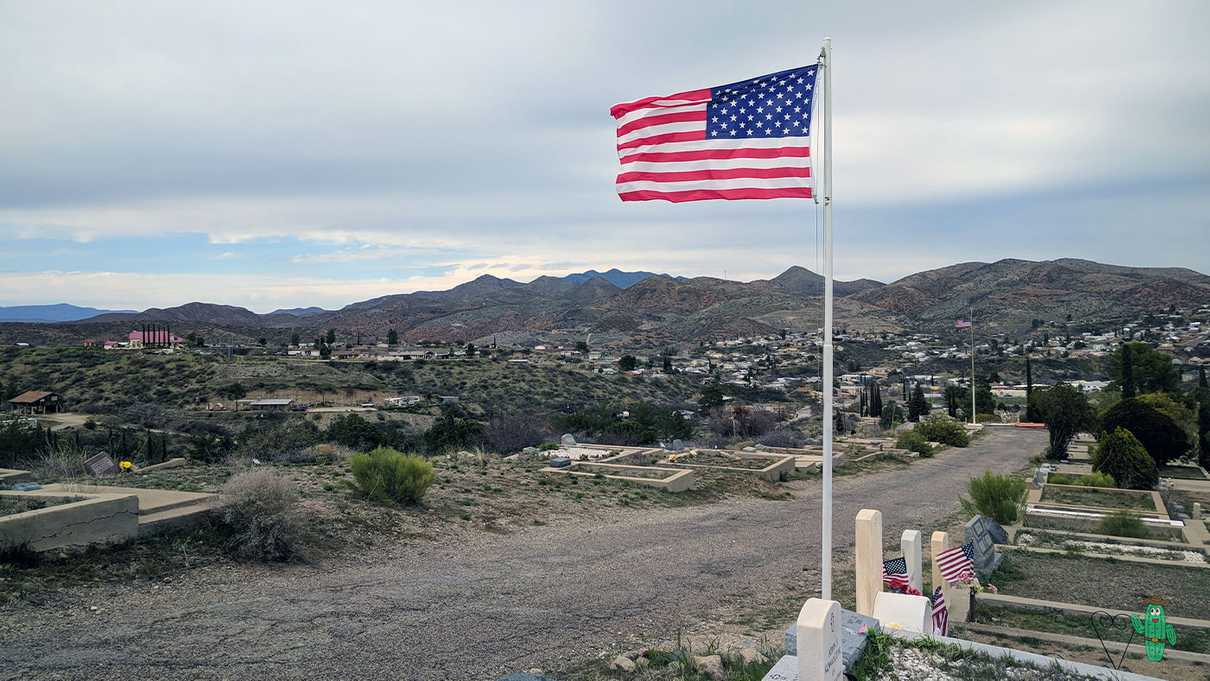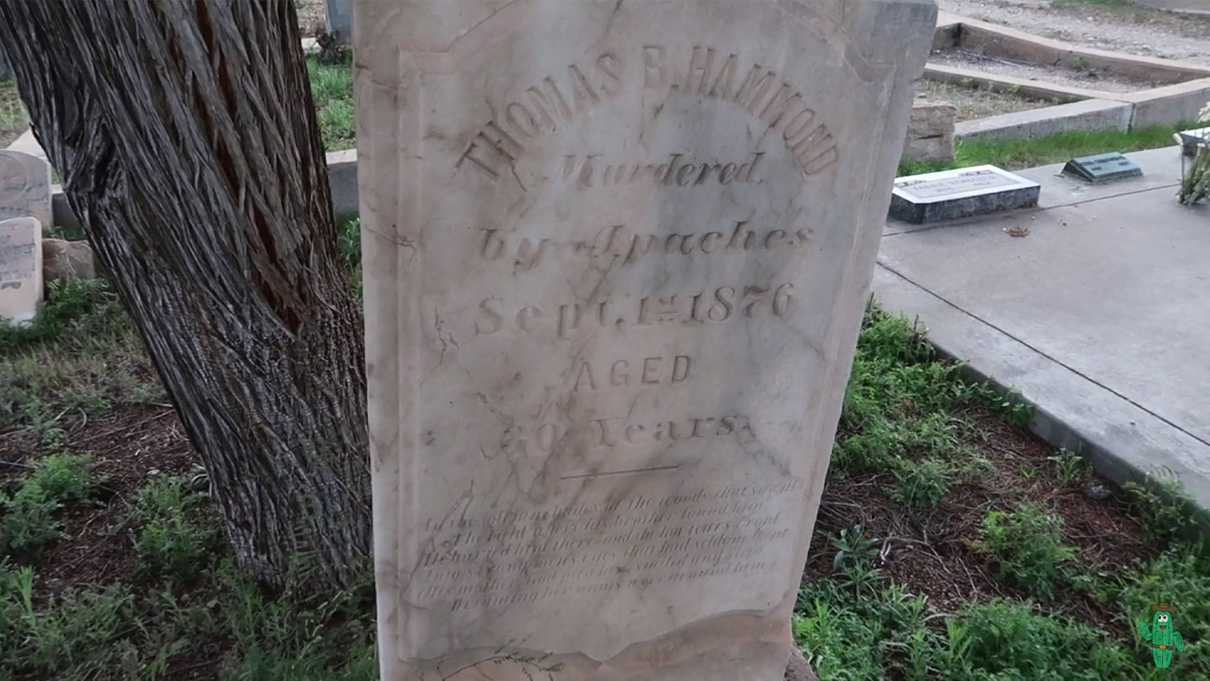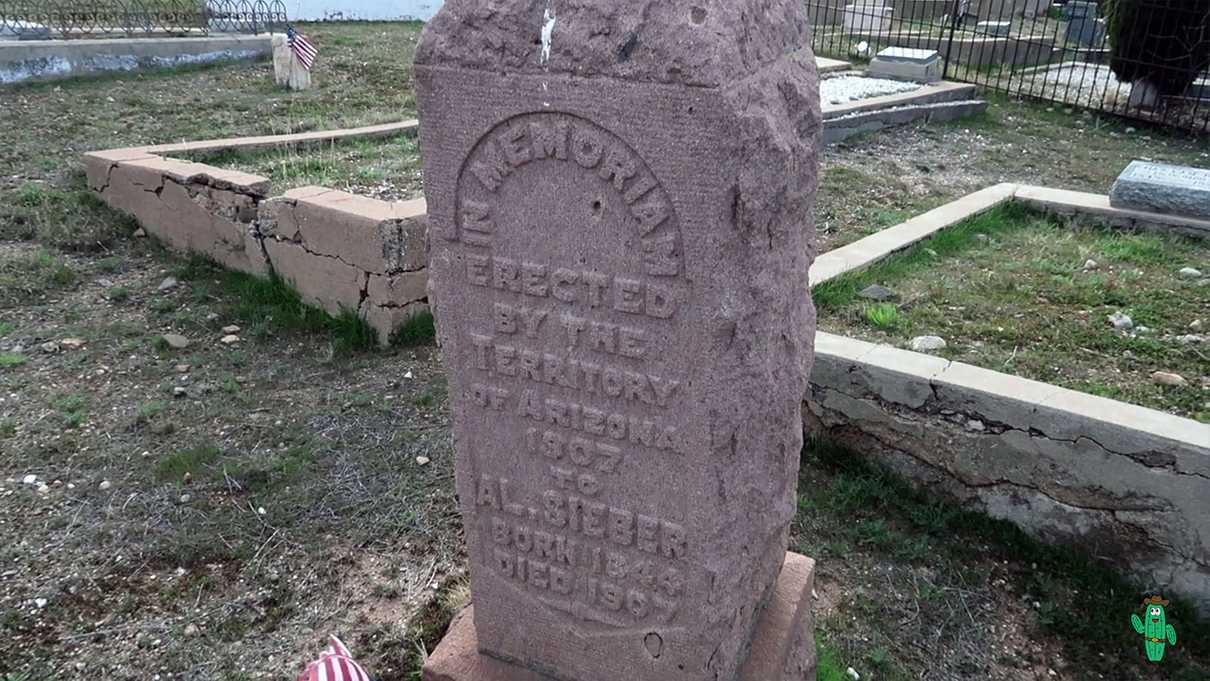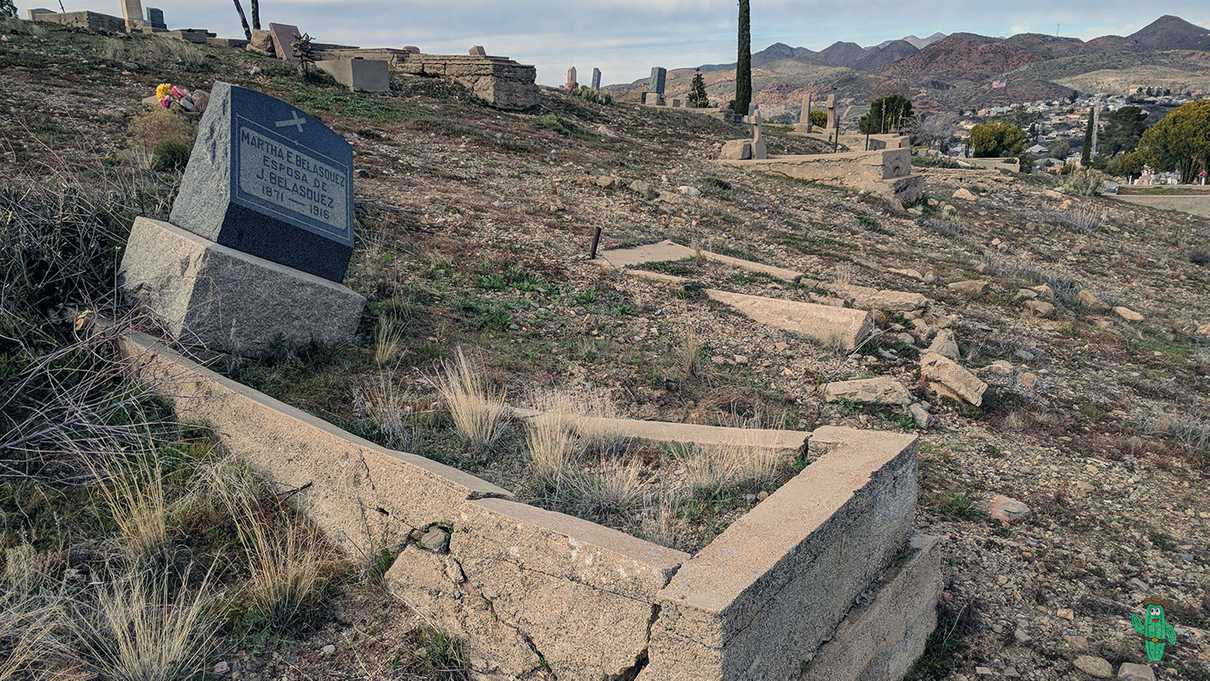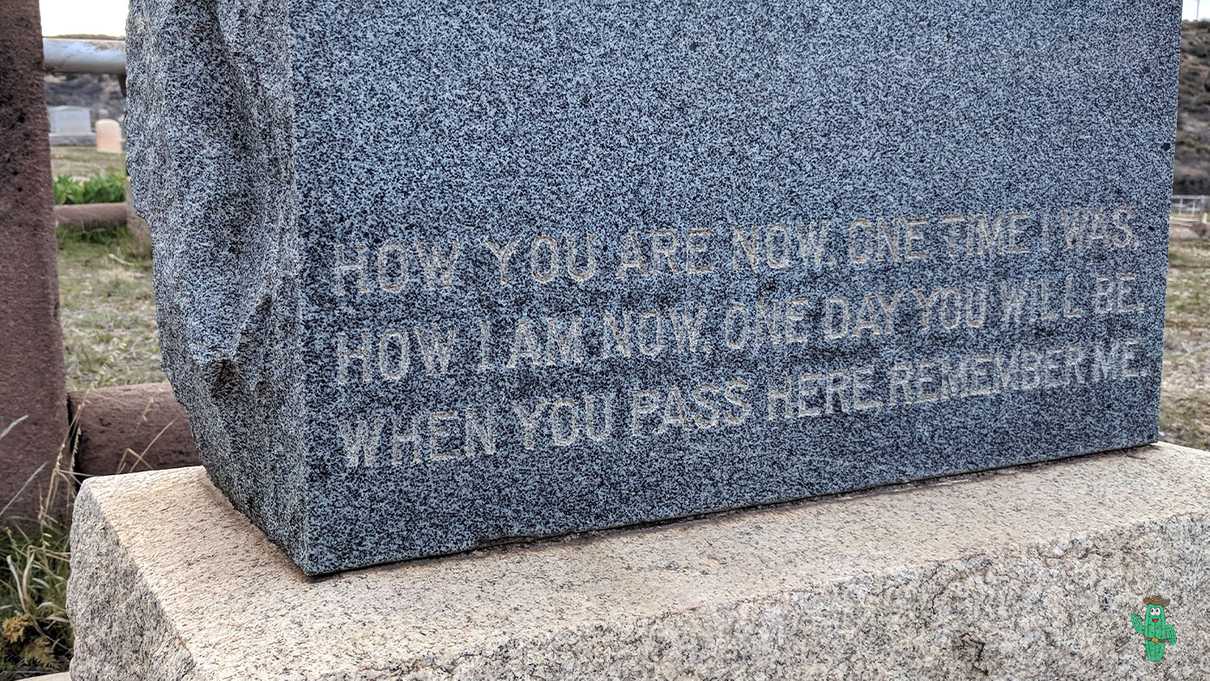Seeking the Graves of Pioneers at Globe Cemetery
Earlier this year we were in Globe, Arizona filming the old Indian ruins of Besh-Ba-Gowah for a video. As we were nearing the end of our visit, we asked the employee at the desk of the Visitor Center for recommendations of other historic sites in the area. One location she suggested was the Historic Globe Cemetery. Having seen an advertisement earlier with photos of notable burials, this sounded perfect for a rare cool and cloudy Arizona day so we set off with camera in tow to document this place.
Before I continue… I know, I know. A cemetery. Some people find them odd places to go for tourism. As a teen I would have considered myself “goth-lite”. I wore a lot of black t-shirts and jeans but really, that’s about where it ended. As such, cemeteries were really not a strange place for me to visit. They’re quiet, they’re peaceful and in cases like these, they hold a lot of history. As I’ve grown older, I’ve found a deeper respect for history and learning about new things from the past.
As I pulled out my phone to navigate to the cemetery, I realized that this was not a small place. I can’t tell you how wrong I was. This cemetery wasn’t just big, it was huge. It is located on a hillside west of downtown Globe. Upon entering you simply see grave after grave rising up the hill and as you ascend they continue to peek over the horizon one after another.
There are a number of historic and notable graves located in Globe Cemetery. The first known burial is that of Thomas B. Hammond in 1876. According to an April 1923 article from the Arizona Republic, Thomas and his older brother, Andrew “Doc” Hammond, were two pioneers from Virginia hoping to strike it rich by finding some of the silver that was said to exist in the area. Not having much luck, “Doc” went to work while Tom continued prospecting. After hearing about gold being found near Pinto Creek, Tom and a group headed out to cash in. Sadly a group of Apache Indian raided the camp and “Doc” found the body of his slain brother. Thomas’s body was brought back by horse and buried in the hillside under a juniper tree which still stands there today.
Finding the historic graves is easy to do as there are white signs marking their locations. It is only when you view some of the headstones and observe the words “Erected by the Territory of Arizona” that you realize how old some of these graves are. A great number of them predate Arizona’s statehood!
Al Sieber is one who was buried in the Globe Cemetery before Arizona became the 48th state in 1912. A Civil War veteran, Sieber served as Chief of Scouts for the US Army during the Apache Wars of the late 1800s. He was a well regarded man and respected by peers as well as Indians for his scouting skills. He led the move of Yavapai and Tonto Apaches from Camp Verde when it closed to the San Carlos Reservation. Conditions were harsh as it was winter and it was due to his action and leadership that the transfer was successful. Sieber also has ties to Josephine Earp. When she first arrived in Arizona, a number of Yuma-Apaches escaped a reservation at Cave Creek. Al Sieber and his scouts escorted Josephine and her party to a ranch house where they stayed safe until the Apache were captured. Seiber eventually died in 1907 when a boulder fell on him from road construction to the Roosevelt Dam.
It can be a sad reminder of how segregated times were in those days. As Globe was a booming mining town, many Chinese immigrants found their way to town. One resident, Dea Gin Foo, became a successful entrepreneur and served many meals to miners in the area. Noting the poor conditions that fellow Chinese lived in, he made a push for setting aside a plot of land in the cemetery for their burial. A memorial now stands alongside their graves to honor them.
Nearby in another section set aside are the graves of several Buffalo Soldiers, members of the 10th US Cavalry Regiment. These men were sent out west to Arizona Territory to assist in the Indian War Campaign. This section was set aside for other African Americans apart from the main section of the cemetery.
Also in this area is a section of unmarked graves belonging to the poor and outlaws. At the time of their burial, this area was considered outside of the cemetery property and therefore outside hallowed ground.
It saddens me that I missed these sections entirely as they are downhill in the southwest section of the cemetery and we had no map. Prior to coming, we were told that there is a newer section next to the historic part and we falsely assumed the adjacent downhill area to be that. In case I hadn’t mentioned this before, the Globe Cemetery is gigantic. A visitor can easily spend hours here walking around the grounds. We went intending to spend a short amount of time walking around, but soon found ourselves still there hours later pouring over names and old cracked concrete markers.
While many of the graves further up the hill appear newer, some even from the 21st century, the older sites are downhill. When you spend time looking at names and dates, patterns begin to emerge. One family plot I came across showed a story of a couple whose three children passed days from one another in 1895. Nearby was another family with a number of deaths in 1896. You can only surmise that it was likely due to disease as smallpox, rheumatic fever and other diseases were common in those times.
From fraternal orders to a frontier newspaperman there is no shortage of stories one can find at Globe Cemetery. Expect to spend a decent amount of time if you want to explore more than the marked historic locations. There are roads winding through the cemetery, however they are not paved and can be quite bumpy. If you are a history buff and this is your kind of thing, Globe Cemetery is a goldmine of a location.
